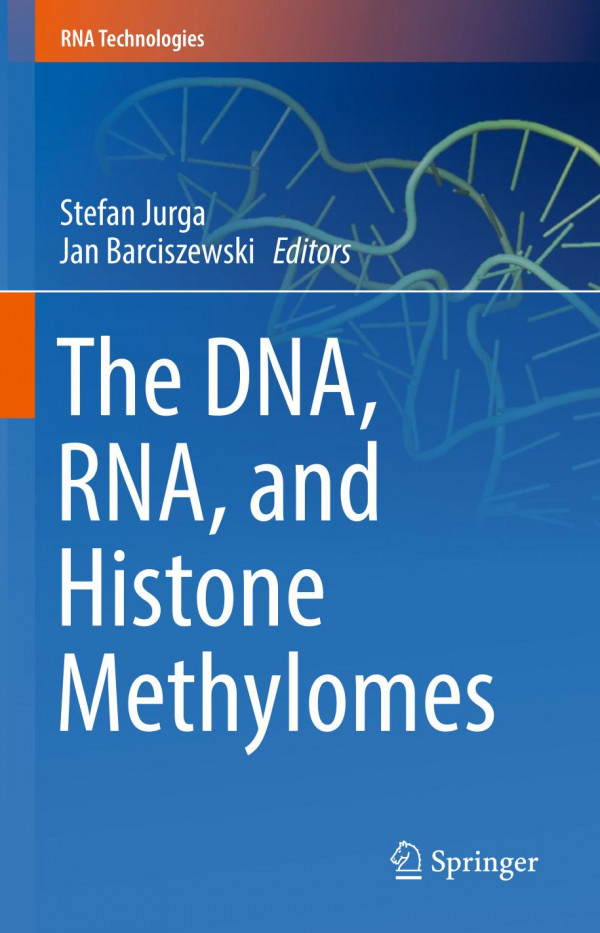

Most ebook files are in PDF format, so you can easily read them using various software such as Foxit Reader or directly on the Google Chrome browser.
Some ebook files are released by publishers in other formats such as .awz, .mobi, .epub, .fb2, etc. You may need to install specific software to read these formats on mobile/PC, such as Calibre.
Please read the tutorial at this link: https://ebookbell.com/faq
We offer FREE conversion to the popular formats you request; however, this may take some time. Therefore, right after payment, please email us, and we will try to provide the service as quickly as possible.
For some exceptional file formats or broken links (if any), please refrain from opening any disputes. Instead, email us first, and we will try to assist within a maximum of 6 hours.
EbookBell Team

4.7
66 reviewsThis book reviews the chemical, regulatory, and physiological mechanisms of protein arginine and lysine methyltransferases, as well as nucleic acid methylations and methylating enzymes. Protein and nucleic acid methylation play key and diverse roles in cellular signalling and regulating macromolecular cell functions.
Protein arginine and lysine methyltransferases are the predominant enzymes that catalyse S-adenosylmethionine (SAM)-dependent methylation of protein substrates. These enzymes catalyse a nucleophilic substitution of a methyl group to an arginine or lysine side chain nitrogen (N) atom. Cells also have additional protein methyltransferases, which target other amino acids in peptidyl side chains or N-termini and C-termini, such as glutamate, glutamine, and histidine. All these protein methyltransferases use a similar mechanism. In contrast, nucleic acids (DNA and RNA) are substrates for methylating enzymes, which employ various chemical mechanisms to methylate nucleosides at nitrogen (N), oxygen (O), and carbon (C) atoms.
This book illustrates how, thanks to there ability to expand their repertoire of functions to the modified substrates, protein and nucleic acid methylation processes play a key role in cells.